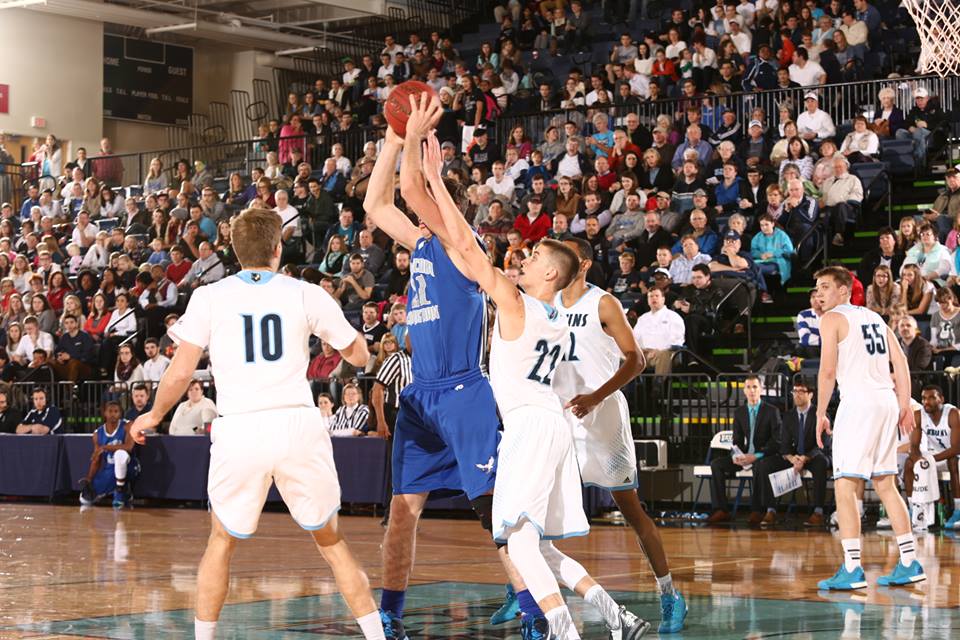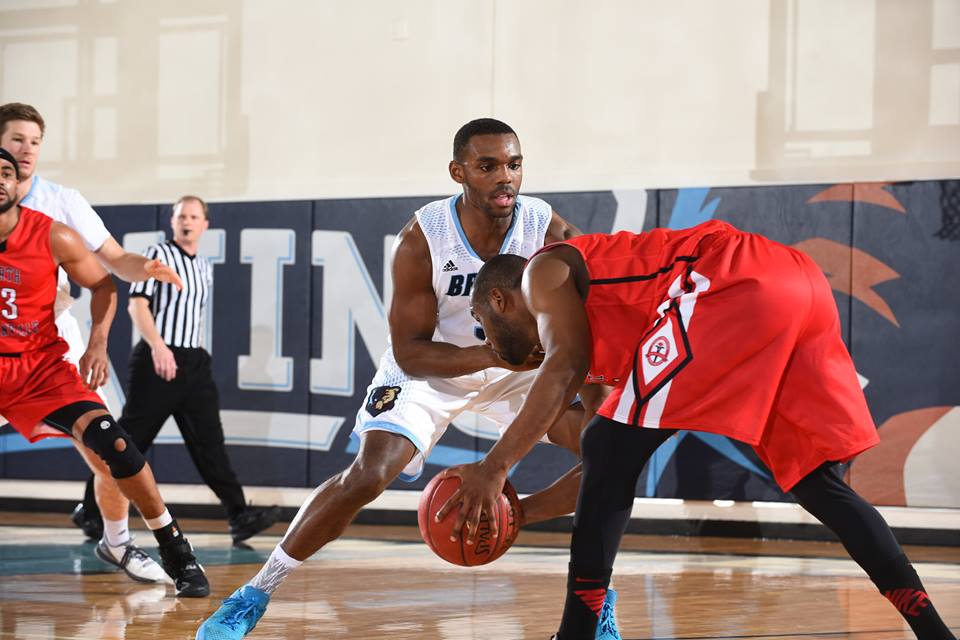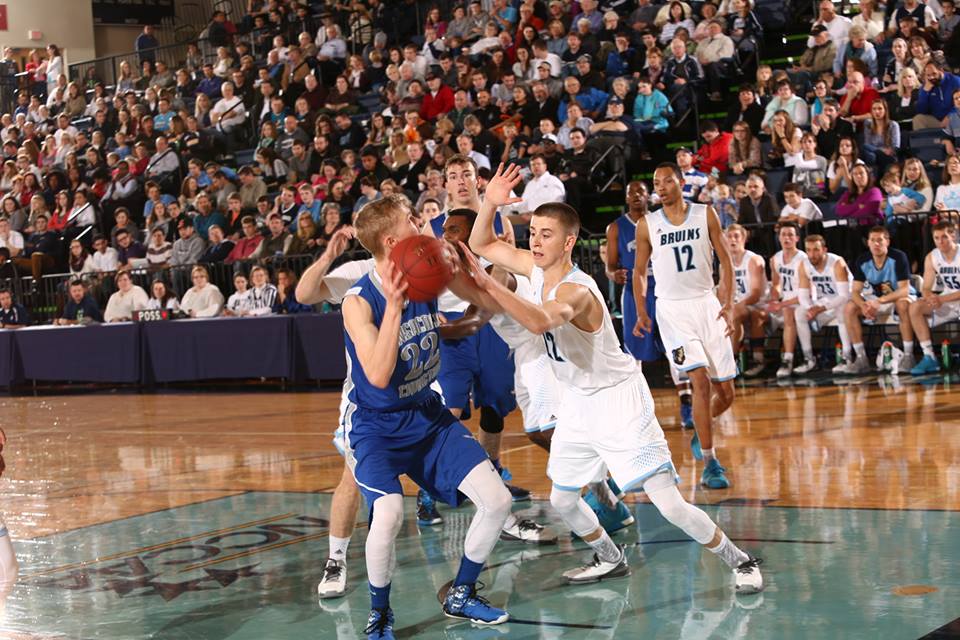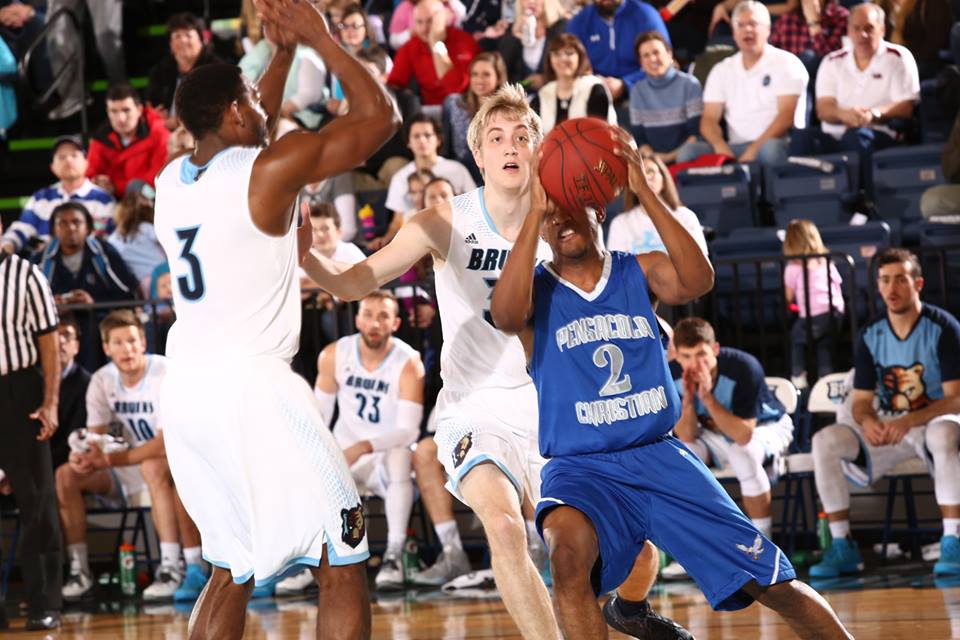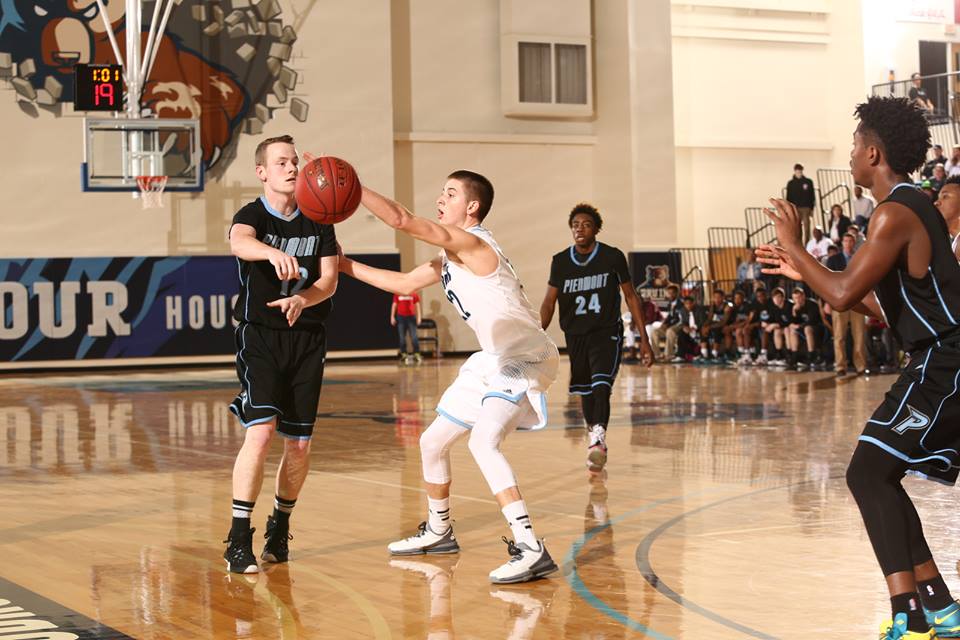Earlier this season I listened to Eric Mussleman, head coach at Nevada, speak to his team on the importance of contesting shots. He referenced the 2015-16 NBA season to explain why the distance of your closeout on a shot makes all the difference. He said that defensive FG% was lower as shots were contested closer. You can hear him talk to his team in the YouTube video at the end of this post.
Sometimes it's difficult to compare NBA analytics with lower levels because of the type of athlete, the longer 3-point arc, etc., but I thought that this statistic could be applied at any level because of it's nature. We decided to make it a point of emphasis with our team defense and it has been instrumental in our success. We play Pack-Line defense, so closeouts are an important aspect of what we do. Early on in the season we struggled to contest shots, but noticed we gave ourselves a chance when we did. We kept working on closeouts every day and determined this could be the single most important statistic that we track.
HERE'S WHY
Over our last 13 games we have a record of 10-3. Our defensive FG% is directly related to our W/L record and has proven to be a key factor in our success. Here's what I mean:
Overall DFG% last 13 games (infographic below):
0-2 feet contests - 35/137 (25.5%)
2-4 feet contests - 39/101 (38.2%)
4+ feet contests - 9/12 (75.0%)
DFG% in our 10 wins:
0-2 feet contests - 32/125 (25.6%)
2-4 feet contests - 23/76 (30.3%)
4+ feet contests - 4/7 (57.1%)
DFG% in our 3 losses:
0-2 feet contests - 3/12 (25.0%)
2-4 feet contests - 16/35 (45.7%)
4+ feet contests - 5/5 (100%)
You can see the difference between our wins and losses. In our wins, we consistently contested shots 0-2 feet more often that any other distance. We made teams uncomfortable shooting the basketball. In our losses, we failed to consistently contest shots 0-2 feet and allowed teams to get comfortable shooting unguarded shots. We have found that contesting/not contesting shots is a huge stat for us. I believe that contesting shots is extremely valuable at the college level. The more our players see the proof of how contesting shots directly impacts our success, the more seriously we take it. If you would like to discuss in more detail how we track this or see more examples of its impact, please reach out to me at awingree@bju.edu. Happy contesting!
Here is an example of what I use to track contested shots during games. I will make my best judgment on the distance of the closeout and then go back and watch film to determine the accuracy. If we have mostly 0-2 feet closeouts, we find that we win most of our games. If the majority are in the 2-4 or 4+ column, we find that we typically are playing from behind.

